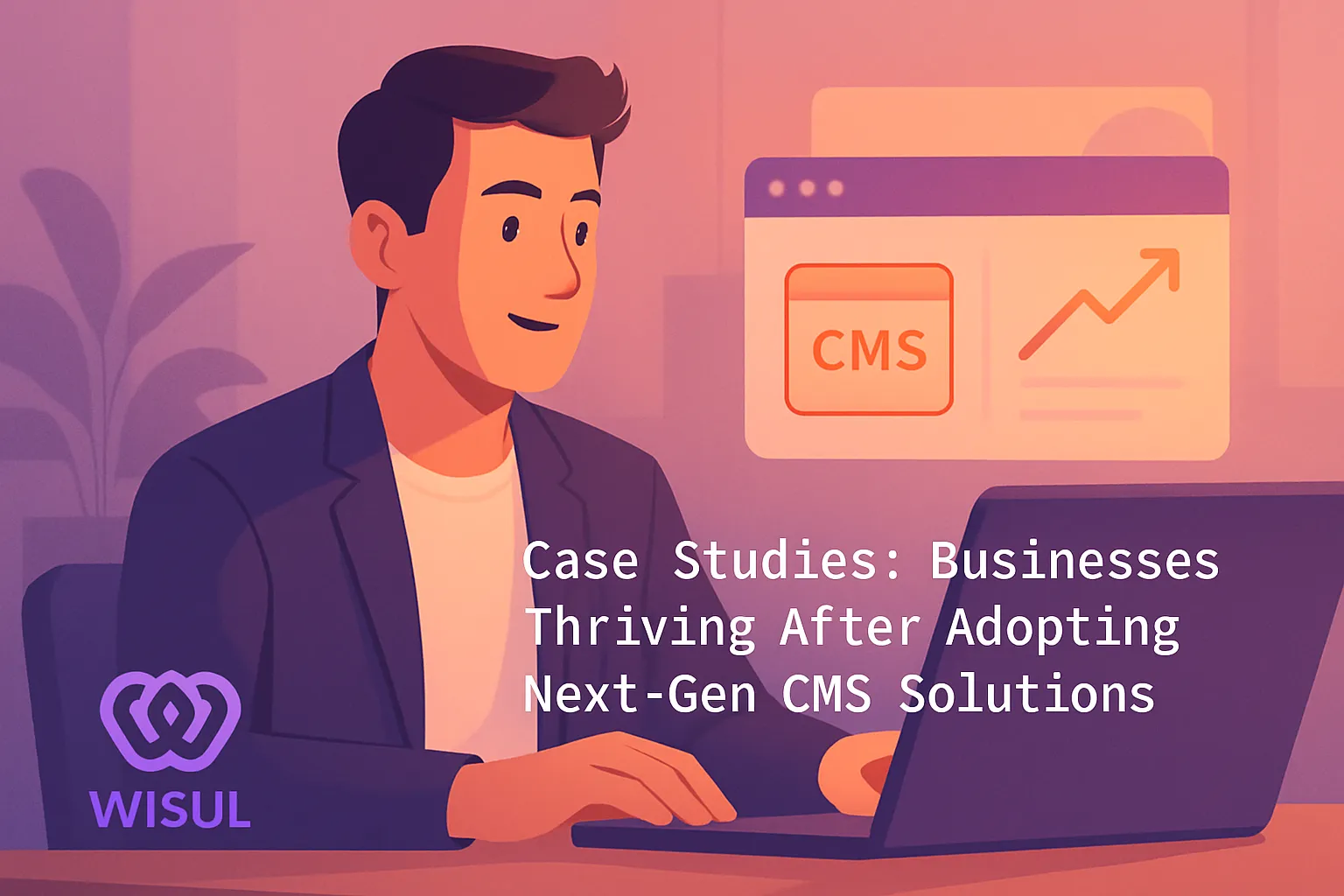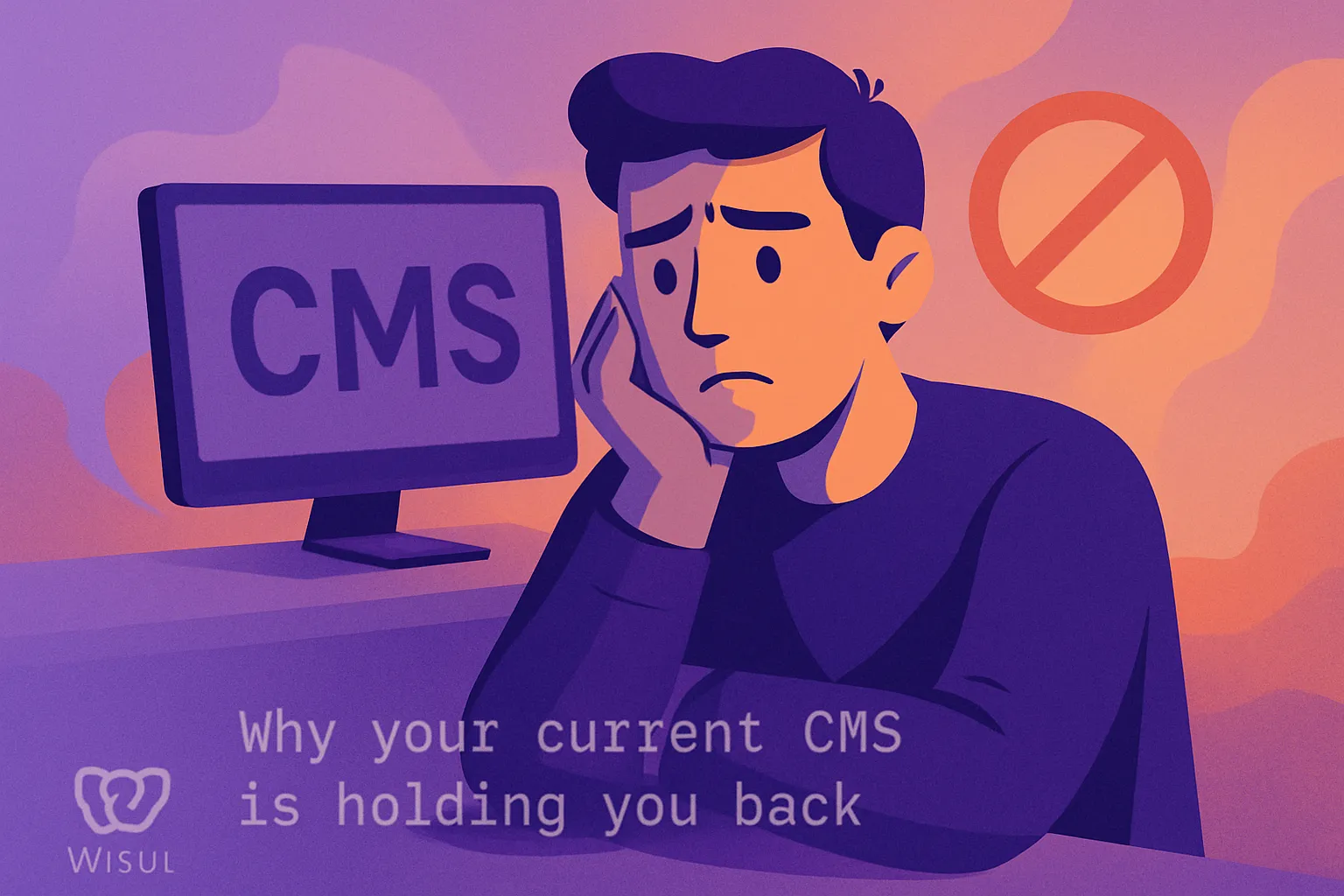- Key Takeaways
- Why Case Studies Matter
- The Anatomy of Success
- Choosing Your Story
- Beyond the Obvious Metrics
- Conclusion
- Frequently Asked Questions
- What is a case study?
- Why are case studies important for businesses?
- What should a successful case study include?
- How do you choose the right story for a case study?
- What metrics matter most in case studies?
- How can case studies be used beyond marketing?
- Are case studies useful for all types of organizations?
Key Takeaways
- Case studies offer real-world validation and additional qualitative detail, assisting organizations to comprehend problems at a depth that quantitative measures cannot always capture.
- By sharing case studies you build trust with your stakeholders by being transparent, highlighting real results, and sharing testimonials from real people.
- For businesses, case study results can be used to make strategic adjustments and improve decision making, aligning efforts with their goals for tangible results.
- Good case studies articulate problems, tell stories of invention, and show tangible results — very effective for both internal and external purposes.
- Choosing a mix of interesting, relevant case studies that will resonate with your target audience makes your work relatable, every culture and industry loves a good story!
- Beyond traditional performance metrics, case studies can fuel operational efficiency, improve team morale, and facilitate long term adaptability, resulting in sustained organizational growth and resilience.
Case studies provide concrete narratives that demonstrate how groups apply techniques or strategies to solve real world issues. They frequently highlight key actions, outcomes, and takeaways.
We see them in tech, health, and finance to exchange what works and what doesn’t. With their noses buried in case studies, teams can identify patterns or frequent problems.
The following sections will display a few powerful case study examples and what readers can extract from each.
Why Case Studies Matter
Case studies aren’t just reports—they serve as instrumental case studies that provide an up-close lens into the reality of how things function in various business situations. They go beyond theory, demonstrating what really goes on and why it counts, offering valuable insights for practitioners and companies to inform intelligent business decisions.
1. Uncover Truth
They expose what plain data overlooks. When you dig into a case, you get to see the narrative behind the statistics. Old-fashioned research might reveal trends, but case studies expose specifics—such as how a group tackled a difficult challenge or the reason for a system’s breakdown.
They employ interviews and narrative to emphasize actual individuals and actual decisions, providing a more vivid impression of the experience. Through this intimate view, you can identify patterns and connections that might be missed in large-scale studies.
For instance, a hospital case study could illustrate how a new workflow reduced patient waiting times, not only through quantitative metrics but by detailing staff modifications and patient responses. This is the type of proof that underpins business assertions and forges new approaches.
2. Build Trust
Case studies allow clients to see what you’ve done — not just what you say you can do. It’s sharing authentic case studies that creates your brand. When you dissect a problem and demonstrate how you addressed it, you earn admiration.
Clients love to see real results and hear real comments from others experiencing their same problems. Testimonials and quotes from participants provide an additional level of credibility.
Openness of this sort makes your work more believable and relatable, particularly for potential clients or collaborators. They weave stories that resonate with readers’ own experiences, personalizing your solutions and making them feel more tangible.
3. Guide Strategy
A good case study is not just a story–it’s a blueprint. By examining what worked (and what didn’t), teams can inform their next steps. They provide lessons from previous projects that help us prevent old errors and replicate successes.
Connecting results with your objectives helps maintain work on track and aligned. When big changes are required, case studies provide validation to support your decisions.
This keeps us all on the same page when it comes to decision-making.
4. Showcase Value
Case studies provide evidence that your product or service delivers. Real life examples help me see the advantage — saved time, saved money, etc. By providing numbers—maybe that 30% reduction in expenses—you provide concrete data to support your statements.
Emphasizing what makes your offer unique attracts new customers. Case studies are a shareable marketing asset. They help keep current clients engaged.
5. Inspire Action
Case studies, as a valuable research method, inspire others to take action by demonstrating what can be achieved in particular business situations, making the risks of inaction explicit.
The Anatomy of Success

A great case study example dissects what works, why, and how others can apply it. It links actual problems, explicit solutions, and quantifiable results, serving as a valuable research method for understanding complex issues in business situations. Success, in the real world, is sculpted by the individuals and the culture and systems that collaborate at each and every step.
The Challenge
A good case study begins with labeling the central challenge. Sometimes it’s a dip in market share, a new regulation or a technology meltdown. The challenge is important not only for a single team—it can bog down an entire company, or even partners.
In a world finance company, an unexpected market crash caused managers to reconsider risk models. They had hard decisions to make quickly, while every minute was worth millions. It’s not just stats, it’s trust and confidence and the burden on decision-makers.
Qualitative data–such as team interviews–revealed that stress, last-second decisions, and the fear of letting down clients complicated the issue even further.
The Solution
The best case studies outline the solution. In the finance case, the team developed a new AI-powered risk tool. They outlined the process in detail, from selecting data sources to stress-testing models.
Strategic calls as to when to pause, when to push, and when to bring in outside experts were crucial. They required analysts, coders, and leadership buy-in for their team.
They selected it after considering cost, impact and velocity. It wasn’t merely new tech–it was people trusting data, being bold and pushing system boundaries.
The Outcome
Case | Metric Before | Metric After | Key Change |
|---|---|---|---|
Finance | 5% error rate | 1% error rate | 80% less errors |
Healthcare | 12 hr wait | 4 hr wait | 67% faster service |
Retail | 30% churn | 18% churn | 40% less churn |
Impact is more than statistics. ‘It transformed our perception of risk, not just our tally,’ one manager said. These stories demonstrate what’s possible.
Lessons learned: write down goals, picture the path and result, and step out of comfort. New work will require more risk and improved goal-planning.
The Importance of Context and Storytelling
Context makes the result significant—market, culture, even brain science. Visualization and daily goal setting are established instruments.
The amygdala can block risk, but those who push past it grow more. Stories make the data stick, by connecting facts to actual hopes and fears.
Choosing Your Story
Choosing the right case study involves balancing which story most fits your objectives and resonates with your readers. An overpowering story needs a definite setting, a genuine background and a logical structure. See Freytag’s Pyramid or the Hero’s Journey. Both provide means of demonstrating transformation, tension, and resolution.
Data, actual problems and how to crack them, that’s a good case study. Include stories with different voices, different backgrounds, different outcomes. Concentrate on examples that demonstrate obvious transformation, breakthrough innovation or fresh thinking.
When you sort through possible case studies, use this checklist:
- Is the story relevant to your audience’s needs?
- Does it demonstrate a logical progression from problem to solution?
- Are the results supported by data or metrics?
- Does it feature diverse perspectives and outcomes?
- Is there a single, focused message or lesson?
- Have you obtained permission from all parties?
Identify Success
Winning a case study isn’t simply doing well — it’s about demonstrating clear impact. Identify what success looks like for you — be it growth, efficiency, or innovation. Let facts, figures and actual response demonstrate the outcomes.
Seek out stories that transcend the ordinary, that demonstrate true accomplishment. Say, a health care team that reduced patient wait times by 30% with new software, or a finance group that harnessed machine learning to identify fraud.
Dig into what made these wins tick. Was it collaboration, a fresh instrument, an adjustment in attitude? Identify the major decisions, the gambles, and the how any obstacles were conquered.
Align Audience
Consider your audience for a case study. Know what issues they have and what they’re passionate about. If your readers are junior data analysts, pick stories that touch on skill-building, work-life, or team projects.
Customize your vocabulary and select illustrations that resonate with the reader. Demonstrate to your stakeholders narratives that align with their values, such as ethical data use or international collaboration. This keeps your story authentic and makes it resonate.
Secure Permission
Getting the green light is mandatory. Before you post any specifics, make sure all parties involved have agreed and signed off.
Talk through any privacy or legal risk concerns they have. Be transparent about how their story is being used and who’s going to see it.
This establishes trust. It shields you and your subjects from future headaches.
Beyond the Obvious Metrics

Case studies tend to emphasize obvious results, such as cost reductions or increases in productivity. Actual impact digs underneath. Knowing the hard numbers and the softer changes is smart. Crude metrics, like the H-index or impact factors, can misfire and foster unfair or even destructive incentives.
Good measurement mixes simplicity, equity, faith, and utility, not just what’s simple to quantify. Sometimes, it’s best to not measure if it does more harm than good.
Benefit Type | Quantitative Example | Qualitative Example |
|---|---|---|
Cost Savings | 10% reduction in expenses | Improved clarity in budgeting |
Productivity | 15% faster project delivery | Higher engagement in meetings |
Error Reduction | Fewer defects found | Staff feel more confident |
Efficiency Gains | Shorter cycle times | Smoother communication |
Operational Lift
Workflows that utilize case study results are more refined. Teams can identify bottlenecks quickly and resolve them before they impede progress. The feedback loop from these studies hones daily tasks.
Case studies help you identify areas where money and effort are being squandered. Winning cases include health care teams who shaved paperwork by 25% or finance teams who apply data analytics to identify redundant work. These result in obvious efficiencies and streamlined operations.
Resource utilization gets more intelligent. People and tools go where they do the most good. An example: a logistics team that, after a case study, shifted drivers to high-traffic routes, cutting idle time by a third. Small adjustments like this can accumulate into large victories.
Team Morale
When a team witnesses its work create real impact, morale soars. Receiving an accolade from a case study – even an internal one – makes staff feel valued.
Really great collaborations are at the core of these victories. Common objectives and candid conversations create confidence and involvement. Being heard made all the difference,” recounted one analyst after a recent project.
Future-Proofing
Case studies help organizations learn as the world leaps. They assist in trend spotting, idea validation and driving incremental innovation. The best studies highlight both the successes and the constraints, facilitating future planning.
They provide direct evidence of what’s effective, informing strategic planning. Over time, this develops a culture that’s open to anything and always learning.
Conclusion
Case studies provide actual evidence that data and tech assist people succeed in numerous areas. Powerful stories illustrate what succeeds and what does not. Good case studies don’t simply provide statistics, they illustrate the process, the pitfalls, and the final outcome. To maximize case studies, seek transparent objectives and sincere information. Attempt to connect the tale to your own activities. Don’t just scratch the surface—explore the process and decisions. The best case studies inspire and illuminate fresh approaches to solving old challenges. Like to contribute your own experience or hear more from real examples. Leave your comments or questions below. So, let’s continue the conversation.
Frequently Asked Questions
What is a case study?
They’re essentially case studies of real-life situations or projects, serving as valuable insights into how business decisions were made and what outcomes were realized through qualitative research.
Why are case studies important for businesses?
Case studies establish trust by demonstrating established results, serving as instrumental case studies that provide tangible evidence of achievement and assist prospective customers in perceiving the worth of a product or service.
What should a successful case study include?
Good case study examples have defined objectives, obstacles, and implementable solutions, along with results that can be quantified, providing valuable insights for business decisions and research objectives.
How do you choose the right story for a case study?
Choose a compelling case study example that showcases your major competencies and aligns with your listener’s interests, demonstrating authentic, positive change in business situations.
What metrics matter most in case studies?
Concentrate on metrics that demonstrate a distinct impact in business situations — such as increased sales, enhanced efficiency, or improved customer happiness, using qualitative research methods.
How can case studies be used beyond marketing?
They are spot on for case studies – providing valuable insights for business decisions to back up training and assist in guiding process improvements. They offer case study examples for teams to emulate.
Are case studies useful for all types of organizations?
Yes, case study research is great for companies, nonprofits, and schools, as it assists in distributing information and motivating innovation in complex business situations.



